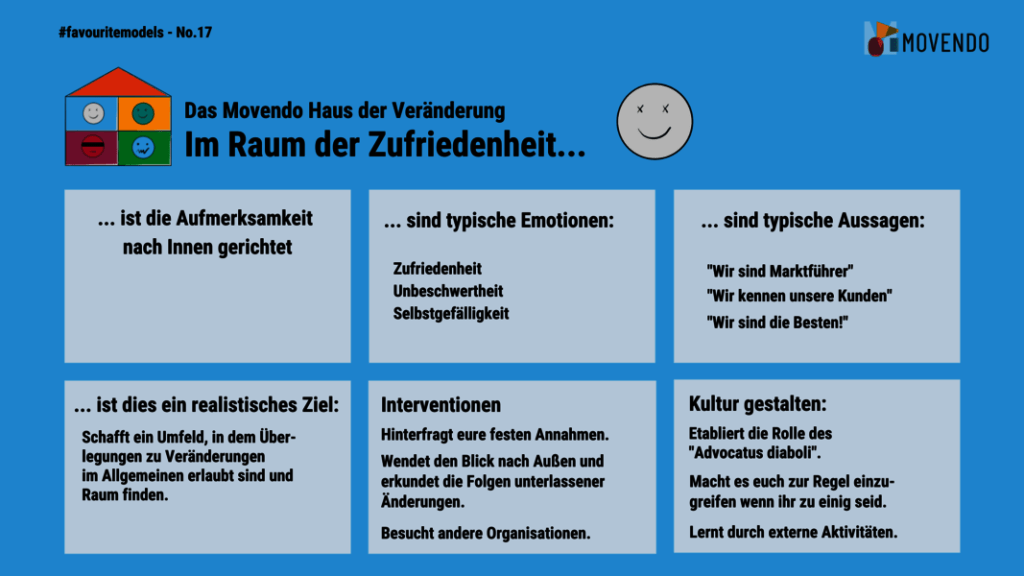Created by Juliane Wiktorin
#favouritemodel No. 4 – Helicopter perspective

Symbolically, this is a change of perspective, allowing you to look at and reflect on your own behavior from a height and from a distance.
The model illustrates in a simple way the competence of managers and entire teams to actively and consciously step out of the current situation and view processes, patterns and problems from a higher level. This positive approach to meta-reflection uncovers helpful and obstructive patterns of interaction. And we all know them:
In a meeting with many participants, the group repeatedly gets lost in the details, participants get bored, are annoyed, others act with commitment. The conversation takes on a life of its own: comments from off-camera, the messages become confusing, everyone reacts to what has been predicted and the goal is lost sight of.
Or: Information gaps repeatedly arise during project work. Is there a discussion about the obligation to collect and deliver? In retrospect, no one knows when the thread was lost.
If you use the helicopter for self-reflection in such situations as a manager, your current leadership behavior is the focus of your own observation. When reflecting together as a team, you consciously take time to share your observations and ask yourselves specifically “How are we experiencing our communication at the moment?”, “What exactly is helpful about our communication, what is hindering it?” “What is going well at the moment?”, “What is not going so well?”, “What do I, do we need to change so that it is more in line with what we want?”.
The essence of this model is that the helicopter flight is systematically integrated into your own daily work as a routine and that you as a manager or you as a team regularly allow yourself a view from above of your actions, your communication and your cooperation.
How does this #favoritemodel help you?
If you notice in a conversation, meeting or over the course of a project that something is not running smoothly, that you or you are going round in circles, that the same topics and problems keep cropping up, it is worth putting the current topics to one side for a moment. Ask yourselves: What is the current situation like for you? What is going well? What is going badly?
To make it easier for you to think about and actively use the helicopter perspective, the following things can help you, especially at the beginning:
- Think of a symbol – this can be an object or another tool that reminds you of the helicopter perspective.
- Make the symbol visible – then place it in the middle of the meeting as a “reminder” or stick it on the wall or the edge of the screen so that it is clearly visible in online meetings.
- Names a person who takes on the role of the helicopter perspective during the course. At set times or in certain situations, she shares her observations on the process. Together you decide how to proceed.
Author

Juliane Wilktorin
Consultant





